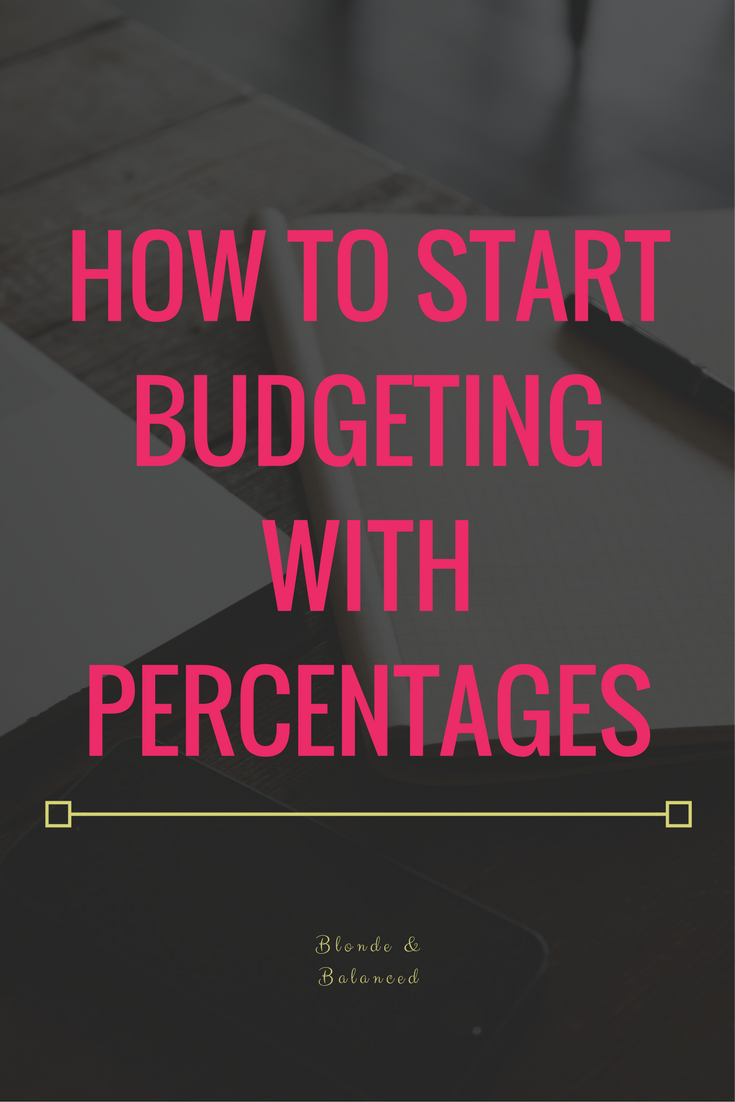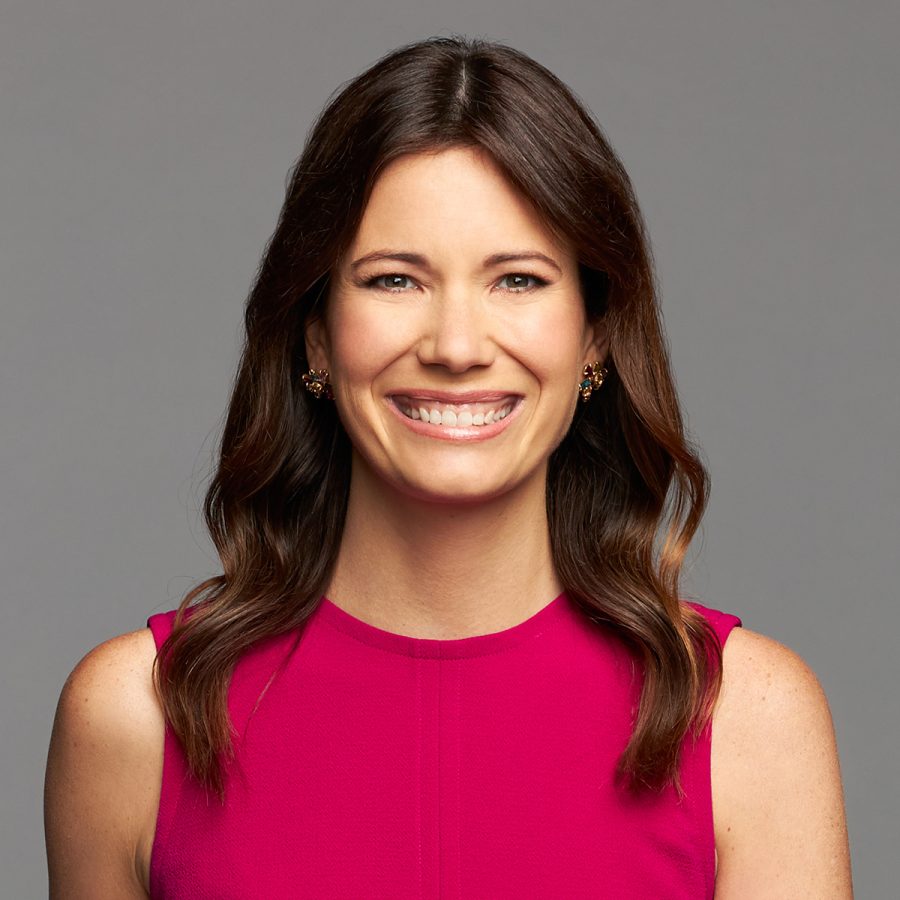If you’re just getting started with budgeting, or the budget you’re using isn’t working, you may want to consider budgeting with percentages. This allows you to calculate a certain percentage of your income to various budget categories. By doing this, it will be easy to determine if you’re overspending in certain areas.
A common percentage budgeting system is the 60/20/20 breakdown. Essentially, this means that you spend 60% of your income on fixed expenses, 20% on financial goals, and 20% on flexible spending. But what do those categories include?
Fixed Expenses
These include rent or mortgage, utility bills, loans, and insurance.
Financial Goals
This category includes your savings and investment accounts and any other financial goals like paying down debt or building your emergency fund.
Flexible Spending
This includes your day-to-day spending that varies every month like your morning stop at the coffeehouse, grocery shopping, eating out, new clothes, entertainment, hobbies, and gas.
Another form of budgeting with percentages might include Elizabeth Warren’s Balanced Money Formula. Similar to the 60/20/20 formula, but with different percentages. The Balanced Money Formula uses a 50/20/30 budget method where 50% is allocated to Fixed Expenses (Needs), 20% to Financial Goals (Savings), and 30% to Flexible Spending (Wants).
There are other ways to budget with percentages though. For instance, there is the JARS Money Management System developed by T. Harv Eker. Similar to the 60/20/20 budget, you separate your money into different categories for specific purposes. The JARS System uses 6 categories, or Jars, that look like this:
Necessity Account (55%)
This includes everyday expenses like rent, mortgage, bills, taxes, food, and clothing. Basically, anything you need to live.
Financial Freedom Account (10%)
This is your plan for financial freedom and includes savings and investment accounts. This is not everyday spending money; this is money that builds your wealth.
Education Account (10%)
This fund is for your personal growth and education to learn more about money management and financial growth.
Play Account (10%)
This account is for things you wouldn’t necessarily budget for like treating yourself to a nice dinner out, a spa day, or a weekend getaway.
Give Account (5%)
This is your account for gift giving like family birthdays, holidays, or other special occasions.
Long-Term Saving (10%)
This is your savings account for big purchases like a new car, big vacation, or your child’s education.
There is no right or wrong way to budget with percentages, but doing so will help you have better control of where your money goes. After all, the biggest difference between the rich and the poor is how they manage their money.
Give one of these methods a try and create a budget using percentages. Live with it for a few months. If you find that you always have to move money from one category to another, look at making some changes by either cutting expenses or reallocating funds. You may need to live with your budget for a few months, making tweaks as you go, until you find the way that works best for you.







